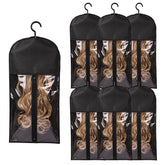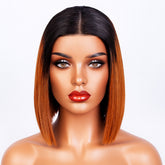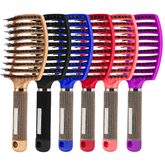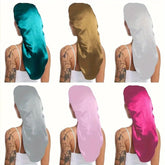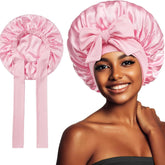Japanese hair‑washing technique for shinier, stronger hair
.jpg?mbid=social_retweet)
A simple, scalp‑centred hair‑washing approach that’s been circulating in beauty pages is winning fans because it uses items you likely already have at home. The technique — highlighted recently in Vogue — reframes wash day so the focus is on a thorough, gentle cleanse of the scalp, followed by careful care of the lengths. The result is glossier, less breakage-prone hair and a healthier scalp environment that supports strong hair over time.
The principle: scalp‑centred, gentle cleansing
At the heart of the Japanese method is the idea that healthy hair starts with a healthy scalp. Rather than scrubbing shampoo through the whole length, you concentrate cleansing where oil and product build‑up live: the scalp. The lengths are protected with conditioning, rather than repeated harsh washing, which helps reduce friction and split ends.
.jpg?mbid=social_retweet)
Step‑by‑step routine you can try at home
This routine adapts everyday habits into a gentler, more effective wash. It doesn’t require specialist tools — just a good shampoo, a conditioner or treatment suited to your hair type, and the intention to be gentle.
- Thoroughly wet hair with lukewarm water to open the cuticle slightly and loosen surface oils.
- Use a small amount of shampoo and emulsify in your hands first. Apply shampoo to the scalp only and use your fingertips (not nails) to massage in small, circular motions for 30–60 seconds.
- Rinse well, letting water carry suds and dirt down the lengths — avoid vigorous scrubbing of the mid‑lengths and ends.
- If necessary, repeat a second light shampoo only on the scalp; frequent double‑shampooing on lengths can strip moisture.
- Apply conditioner or a leave‑in treatment to mid‑lengths and ends only. Detangle gently with a wide‑tooth comb while the conditioner is in, then rinse according to the product instructions.
- Finish with a cool rinse if you tolerate it — this can help smooth the cuticle and enhance shine — then blot dry with a soft towel rather than rubbing.
Why this approach benefits scalp and hair
There are a few practical mechanisms behind the results people report: focusing cleansing on the scalp removes excess sebum and product build‑up without over‑processing the lengths; a gentle massage helps to distribute natural oils and improve comfort; and limiting mechanical stress to the mid‑lengths and ends reduces breakage.
- Less friction on the lengths means fewer broken ends and smoother hair surface.
- Targeted cleansing helps maintain the scalp’s natural balance, which supports the environment hair needs to grow healthily.
- Conditioning the lengths protects strands from tangling and mechanical damage during styling.
Practical tips and variations
Adapt the method to your hair type and lifestyle. For example, those with very fine hair might prefer lighter conditioners applied only to the tips, while people with thick, curly hair may choose richer treatments and occasional oil pre‑treatments on the lengths.
- If you exercise daily or use heavy styling products, a clarifying shampoo once a fortnight can help remove build‑up without upsetting your daily, scalp‑first routine.
- Keep nails short and use the fleshy pads of your fingers for massage — this cleans without scratching the scalp.
- Limit hot‑water exposure; very hot water can weaken hair proteins and strip moisture.
- Don’t overdo washing frequency: daily shampooing can be necessary for some scalps but many people benefit from washing less often to preserve natural oils.
Takeaway
The Japanese hair‑washing approach is less about a single trick and more about an overall principle: protect the lengths, focus cleansing where it’s needed, and handle hair with gentleness. By centring wash day on the scalp while treating mid‑lengths and ends more carefully, you can reduce breakage, improve shine and create a healthier base for hair to thrive. Try the routine for a few weeks and adjust products and frequency to suit your hair’s needs.

